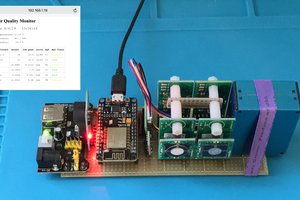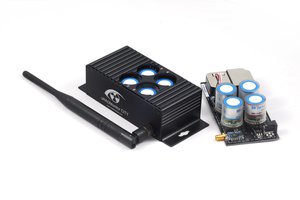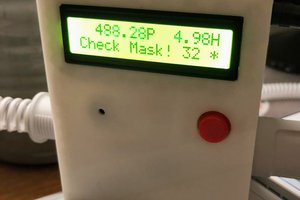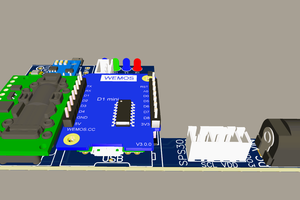Measurements:
- Ozone (raw / changed)
- Methane
- General Air Quality:
- Carbon Monoxide
- Ammonia (NH3)
- Nitrogen Oxide (NOx)
- Carbon Dioxide (CO2)
- Alcohols (+OH)
- Benzene (C6H6)
- Smoke
- Hydrogen Sensor
- Barometric sensor
- Temperature and Humidity sensor
Design:
- The Ionizer, a repurposed plasma cannon, will clean the air of potentially dangerous pathogens and also create more ozone in the process. By taking two measurements (before and after) we can calculate how much ozone is being generated. The ionizer has a two fold effect of also moving air through the sensor tube pulling new air over the sensors.
- Ionizer: the outer end of the sensor tube will be lined with copper sheet. A stainless steel needle, coupled to a high voltage generator, will be inserted into the tube and allow ions to propagate onto the copper sheet - creating ionization.
- The air will propagate through a sensor tube taking initial measurements, then performing ionization on the incoming air and monitoring ozone levels on the outgoing wind stream. (Wind stream because the ionizer creates a mild wind current).
- Measurement data is then uploaded real-time to the monitor network and if a connection is not available it is temporarily logged to the unit until one eventuates.
- Because air pressure and temperature play a key role in gas concentrations in the atmosphere, temperature, humidity and barometric readings will be taken at the same time, and with the right analytics we could even predict future changes in harmful elements.
- The use of solar power and battery backup will allow the unit to be portable, being able to be deployed remotely it will facilitate the collection of environmental data in otherwise access restricted areas. A delivery drone would be the perfect vehicle for this.
 Chris K
Chris K
 Ryan Kinnett
Ryan Kinnett
 Radu Motisan
Radu Motisan
 Bin Sun
Bin Sun
 electronicsworkshops
electronicsworkshops